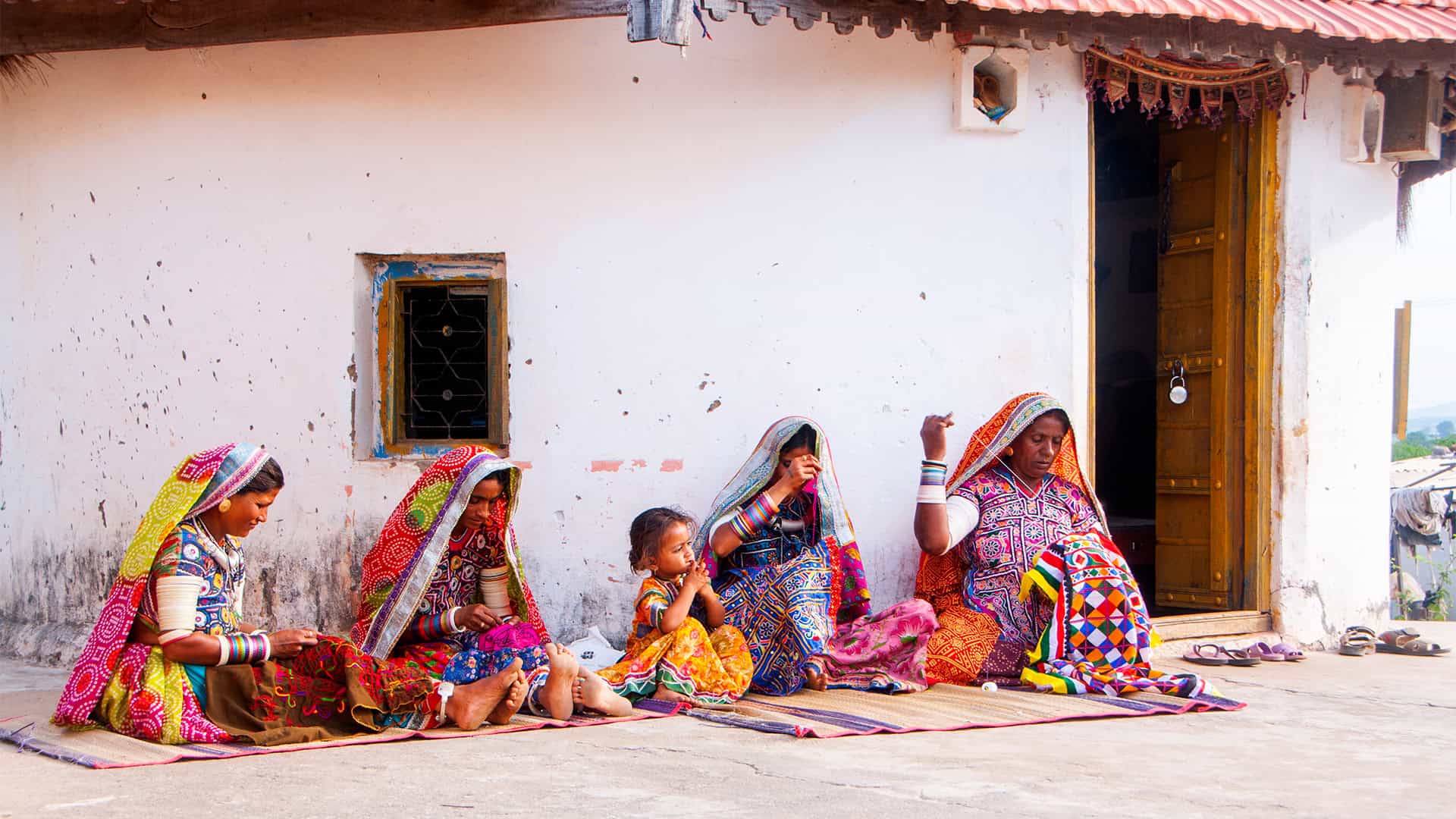The Desi calendar is an important cultural tool for many in Pakistan, offering a unique way to track time and stay connected with seasonal, agricultural, and religious cycles. Unlike the internationally recognized Gregorian calendar, the Desi calendar is a lunisolar system that harmonizes both the moon’s phases and the sun’s progression. For those interested in learning about today’s desi date or today desi month date in Pakistan, understanding the structure and significance of the Desi calendar is essential.
The Desi Calendar: A Cultural Connection
The Desi calendar, also known as the Vikram Samvat or Bikrami calendar, divides the year into months based on the lunar cycles, but its integration with solar dates makes it distinct. Each month begins with the new moon (Amavasya), and the days of the month are marked according to the moon’s waxing and waning phases. This alignment ensures that important events, especially agricultural ones, happen at the right time according to nature’s cycles.
If you’re wondering about today desi date or today date of desi month, it’s easy to find out. For instance, if it’s the 5th of Sawan today in Pakistan, it marks the heart of the monsoon season, a critical period for farmers preparing for the Kharif crops. Similarly, understanding today bhadon date tells people when the harvest season transitions from one phase to another, ensuring the right timing for agricultural activities.
Today Punjabi Date: Significance in the Punjabi Community
In Pakistan, particularly in Punjab, the today Punjabi date plays a key role in organizing cultural events. For example, festivals like Baisakhi in the month of Vaisakh (April-May) are deeply tied to the harvest and are celebrated with immense enthusiasm. The desi month date here not only marks the time for harvesting crops but also signifies the importance of agriculture in daily life. For people in Punjab, knowing the today desi month date in Pakistan is as much about seasonal preparation as it is about maintaining ties with their cultural and religious past.
Religious Festivals and the Desi Calendar
The Desi calendar also plays an important role in religious observances. For instance, many Hindus in Pakistan observe festivals like Diwali, Holi, and Karva Chauth based on the Desi months. If you’re curious about today desi date in the context of religious events, knowing the exact desi mahina date today helps in preparing for these festivals. Similarly, Islamic festivals often coincide with the lunar cycles of the Desi calendar, providing a unique blend of practices that reflect Pakistan’s multicultural identity.
For example, Muharram, the first month of the Islamic year, often overlaps with the Desi month of Bhadon in the calendar. Observing the today bhadon date during Muharram offers insight into the religious significance of the month, as both Hindus and Muslims have their cultural and spiritual observances during this time.
How Today Desi Date Aligns with Seasonal Changes
One of the defining features of the Desi calendar is its ability to align religious festivals with agricultural cycles. The desi mahina date today not only signifies the passage of time but also connects communities to the rhythms of the natural world. For instance, when people look up the today desi month date, they are not only learning what day it is, but also understanding the seasonal changes that influence farming and the cultural events tied to those seasons.
In rural areas, farmers still rely on the desi date today to help them decide when to plant or harvest their crops. For instance, during the Phagun month (February-March), the arrival of spring is celebrated with festivals that also honor the fertility of the land. This helps farmers decide the optimal time for planting seeds, ensuring a prosperous harvest later in the year.
Read More: What Are the Key Features of a Small Water Pump?
The Role of the Desi Calendar in Modern Pakistan
While the Gregorian calendar is widely used for everyday scheduling, the Desi calendar remains an important cultural reference. Many people still check the today desi date to follow religious practices or agricultural guidelines. Even in urban centers, people use digital tools and mobile apps to stay updated on today desi month date in Pakistan alongside the Gregorian date, bridging the gap between traditional and modern timekeeping.
The desi calendar serves as a cultural compass for those who want to stay connected with their roots. Even as Pakistan modernizes, the desi date today offers a reflection of the country’s agricultural and spiritual heritage. Whether it’s for farming, cultural observances, or simply staying connected to one’s history, the Desi calendar continues to provide structure and meaning in people’s lives.
Conclusion: Embracing the Richness of the Desi Calendar
Today, the Desi calendar is more than just a way of marking time—it’s a bridge to understanding Pakistan’s history, cultural identity, and connection to the natural world. From the today punjabi date to the religious significance of today bhadon date, the Desi calendar offers insight into the country’s agricultural roots, spiritual observances, and cultural celebrations. As people continue to check the today desi month date in Pakistan or the desi mahina date today, they are reminded of the enduring traditions that shape their identities.
By preserving and observing the desi date today, Pakistanis can maintain a deep connection with their heritage while embracing the future. Whether in farming, festivals, or everyday life, the Desi calendar remains an essential part of the country’s cultural landscape.
